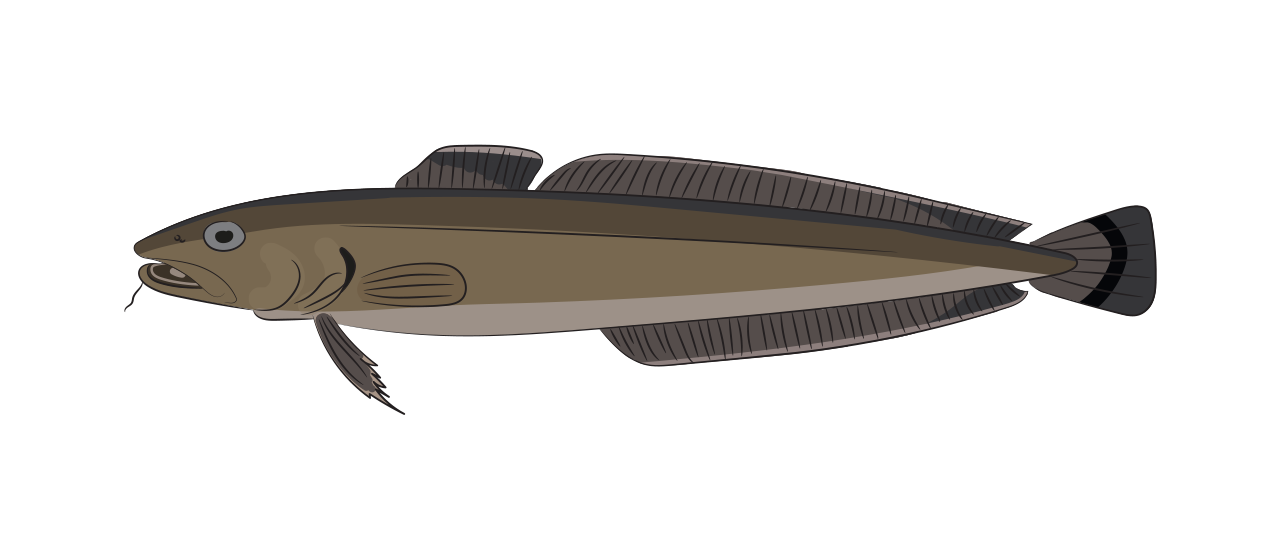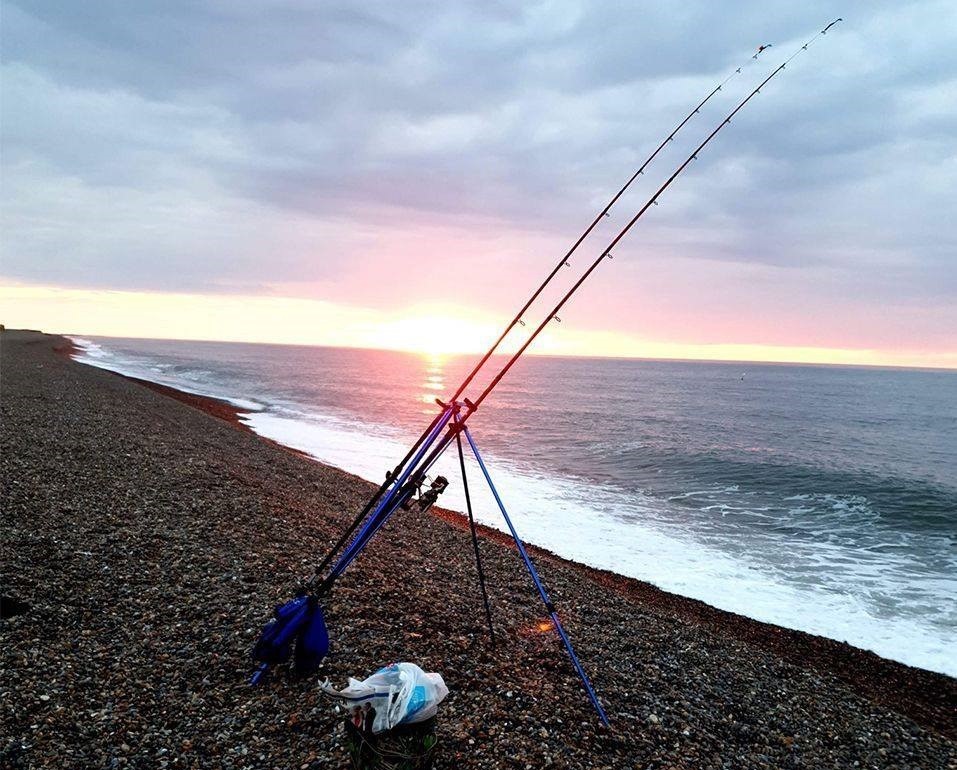Ling | Fish Species Guide | Angling Direct

Ling
aka Molva molva
With an appearance that combines features of a cod and conger eel, Ling boasts a long, brown-green body. Ling prefers to live in rocky sea beds or wrecks and can be found throughout Europe as well as the Mediterranean, Scandinavian and Icelandic waters. Similar to barbel, this sea species has a long chin barbel with a short initial dorsal fin, long second dorsal and anal fin.
Its elongated body shape is designed for slow cruising and the limited ranges displayed when looking for food suggest that adults do not migrate very far. The relatively long pelagic phase during early life stages, however, infers their high potential of oceanic drift.
Stats
Status
Habitat
Offshore waters at around 15m deep, rocky, broken ground, near wrecks.
Bait
Whole or strips of herring, mackerel, cod & bass lures.
Native or Invasive
Native
Where
North and west coast of the UK, extending their range through Icelandic and Scandinavian waters, across Europe.
 Catch Experience
Catch Experience
Video
Blog Highlight
The Ultimate Buying Guide for Sea Anglers - What Equipment Do You NEED to Start Sea or Beach Fishing?
<p>As an island, the UK has plenty of coastlines that provide plenty of opportunities for sea fishing whether it's offshore or beach fishing from the shore. This guide will help you compile the ultimate sea fishing starter kit, covering rods,...
Read More